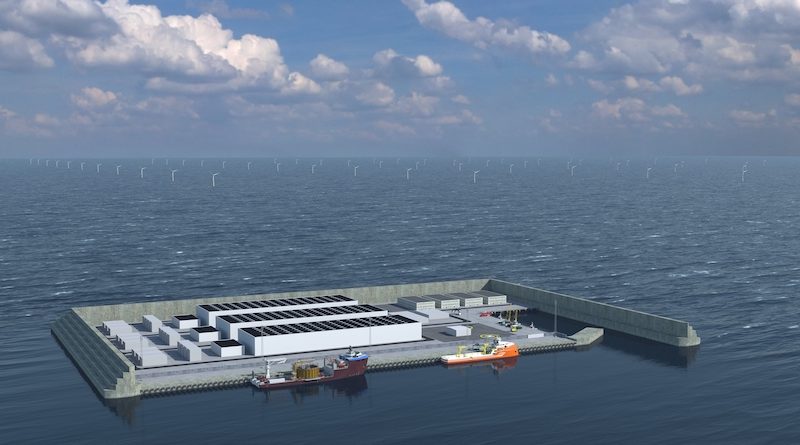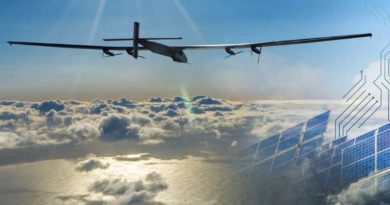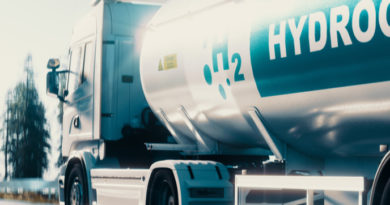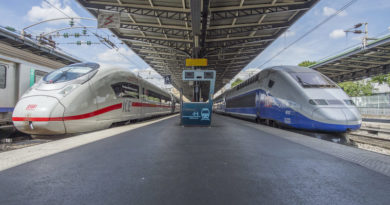
A Danish perspective on a clever deployment of Hydrogen
As we welcomed 2021, the first wind turbines was in place in what will be the largest offshore wind farm in Denmark. The 600 MW offshore wind farm at Kriegers Flak will generate enough electricity to supply 600.000 Danish households. But Kriegers Flak will not be the largest for long. The first steps have already been taken to establish even bigger offshore wind farms in Danish waters, and while almost half of the electricity in Denmark is generated by wind energy today, projections show that in 2027, all electricity in Denmark will be based on renewables, with about 75% wind energy.
We need wind energy to fulfill our climate targets in the long run. And to do so, Denmark have decided to use the wind energy to produce green hydrogen and to focus on the so-called Power-to-X technologies in the hard-to-abate sectors.
Two energy islands will serve as energy hubs and produce e-fuels
A broad majority of political parties in Denmark have recently set a target of 70% reduction of CO2 in 2030 compared to the 1990 levels, and one of the first decisions made, was to expand offshore wind energy in Denmark even further. This will be done by, among other things, establishing two energy islands. The energy islands will be serving as hubs for electricity generation from the surrounding wind farms by collecting and distributing the electricity between countries connected by an electricity grid. The intention is to connect the energy islands to neighboring countries, step-by-step, along with increased energy demand.
The energy islands combined will have 5 GW of wind energy, potentially up to 12 GW and not only will the energy islands generate electricity, eventually they will produce e-fuels based on green electricity. The e-fuel will serve to enable a green transition of sectors such as heavy transport, which is difficult to electrify, and change the fuels our trucks, ships and airplanes run on.
Next step: a clever introduction of green hydrogen in the energy system
Denmark has come a long way with phasing out fossil fuels in the electricity production. In fact, the transition of electricity production away from fossil fuels is almost completed. The next challenge in the green transition is to reduce emissions in transport, in agriculture, in industry and in individual heating. However, hydrogen and e-fuels are energy intensive to produce, and thus currently rather expensive. That means that they should be used in sectors with otherwise hard-to-abate emissions such as heavy transport.
In a Danish context, green hydrogen is not only regarded as a fuel component, hydrogen is also regarded as a way to balance the electricity production and the electricity consumption.
In fact, production of green hydrogen enables a higher share of renewables in the system. In other words, renewable energy and green hydrogen beautifully complement each other. As we see it, conditions in Denmark are great for hydrogen production. First Danish waters provide for ample wind resources and wind technologies are available at prices that are much more attractive than just a few years ago. Furthermore, the widespread Danish central heating system allows for synergy effects with excess heat being used in the conversion processes, e.g.
from electricity to hydrogen. Denmark therefore has the right conditions to become future exporters of hydrogen and other e-fuels.
Tender on hydrogen and related technologies is underway
This said, however, the introduction of hydrogen and e-fuels into the energy system represents a number of challenges. One of the challenges is to stimulate the production and the demand at the same time, for instance in shipping and other means of transport.
The Danish government is working on a strategy for hydrogen-fuels, which will address some of the core challenges.
As was the case with wind energy in the early days of that technology, production of hydrogen needs a helping hand to get started and bring the technologies to full scale. Therefore, one of the very first +100 MW tenders globally on hydrogen and related technologies is underway. The tender is financed by the Netherlands in exchange for statistical transfer of renewable energy in the Danish energy system. The agreement is an example of how hydrogen is a shared priority in both Danish and Dutch energy politics. With a number of Danish companies having expertise in hydrogen and related technologies, and with a myriad of projects already thriving, we are looking forward to this tender with great enthusiasm.
Denmark has come a long way with phasing out fossil fuels, deploying renewable energy at scale in the electricity sector, and has taken the first steps to electrify what can be electrified in transport, heating and in the industry. The next steps in the green transition may well be production of green hydrogen to be used in hard-to-abate sectors. We expect to have challenges, but with dedication and with the right amount of technology development, hopes are high for a new adventure.




